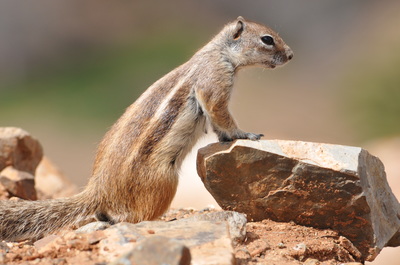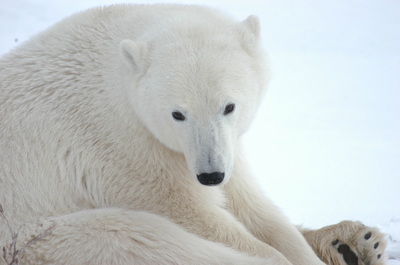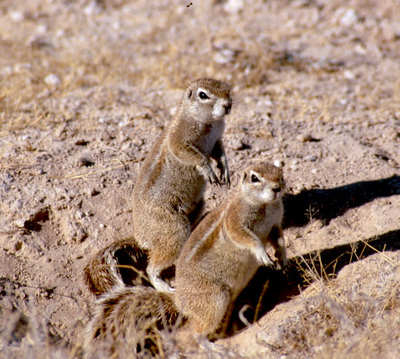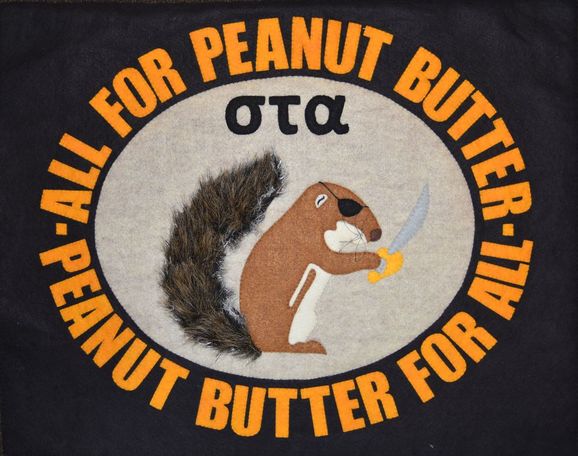Research Objectives
The mission of this lab is to explore and understand behavioural, ecological, and evolutionary relationships within and among species. We ask questions about many topics related to the the evolution of sociality and mating systems, including:
Sociality – costs & benefits of living in groups
Reproduction
We use a combination of field methods (e.g., trapping, marking, and observing animals) & lab techniques (e.g., hormone assays, PCR, necropsies) to address questions in these areas.
Current Research Topics
Social organization & mating systems of Barbary ground squirrels in the Canary Islands
Sociality, population dynamics & fitness in the Cape ground squirrel
Sperm competition & reproductive morphology in Richardson's ground squirrels
Behaviour & non-invasive methods of studying free-ranging polar bears in Churchill, Manitoba
The mission of this lab is to explore and understand behavioural, ecological, and evolutionary relationships within and among species. We ask questions about many topics related to the the evolution of sociality and mating systems, including:
Sociality – costs & benefits of living in groups
- Kin behaviour
- Alloparental care
- Reproductive suppression
- Vigilance
Reproduction
- Mating systems
- Alternative reproductive tactics
- Impact of resources on reproduction
- Impact of parasites & diseases
We use a combination of field methods (e.g., trapping, marking, and observing animals) & lab techniques (e.g., hormone assays, PCR, necropsies) to address questions in these areas.
Current Research Topics
Social organization & mating systems of Barbary ground squirrels in the Canary Islands
- Analysis of social structure of Barbary ground squirrels
- Personality and reproductive success in Barbary ground squirrels
- Vigilance and predation in Barbary ground squirrels
Sociality, population dynamics & fitness in the Cape ground squirrel
- Alloparental care by both male and female group members
- Sperm competition and promiscuity in Cape ground squirrels
- Network analysis and reproductive variance in female Cape ground squirrels
- Cape ground squirrels as ecosystem engineers
Sperm competition & reproductive morphology in Richardson's ground squirrels
- Age and body condition in Richardson's ground squirrel and its affect on sperm morphology
- Climate change and sperm production in a hibernating ground squirrel
- The bacula of Richardson's ground squirrels
Behaviour & non-invasive methods of studying free-ranging polar bears in Churchill, Manitoba
- The adaptive significance of play
- Impacts of ecotourism
- Estimating population sizes and fluctuating asymmetry using non-invasive methods: Whiskerprints
- see: https://www.northstarscience.net/
©Shimel



